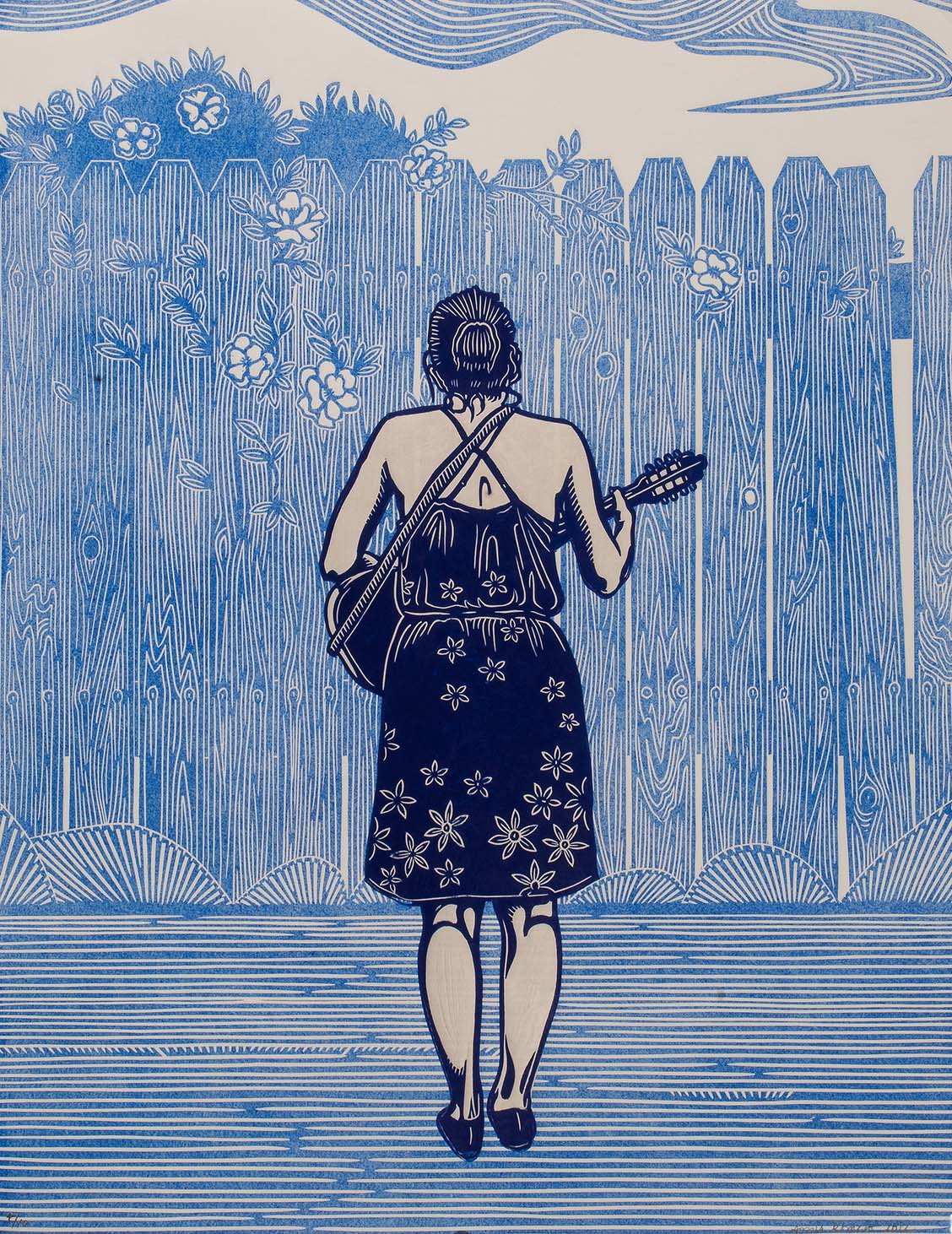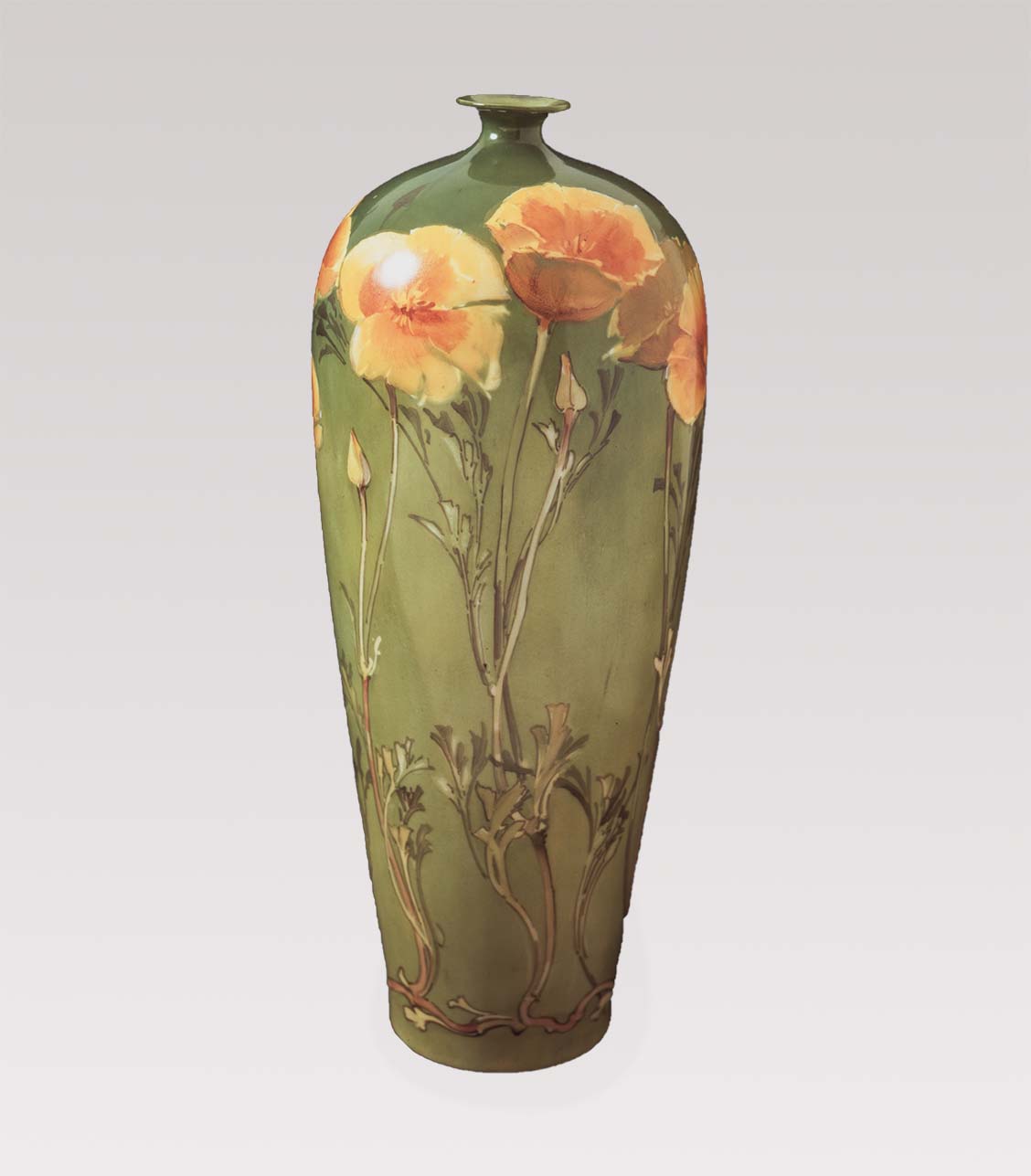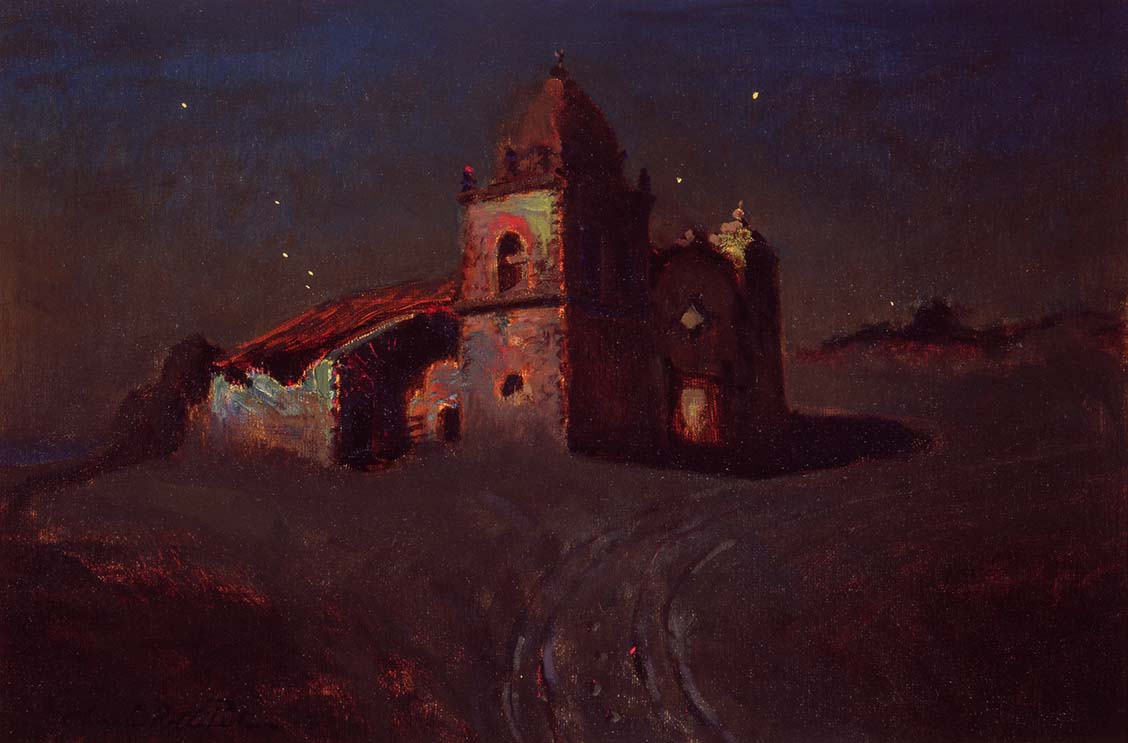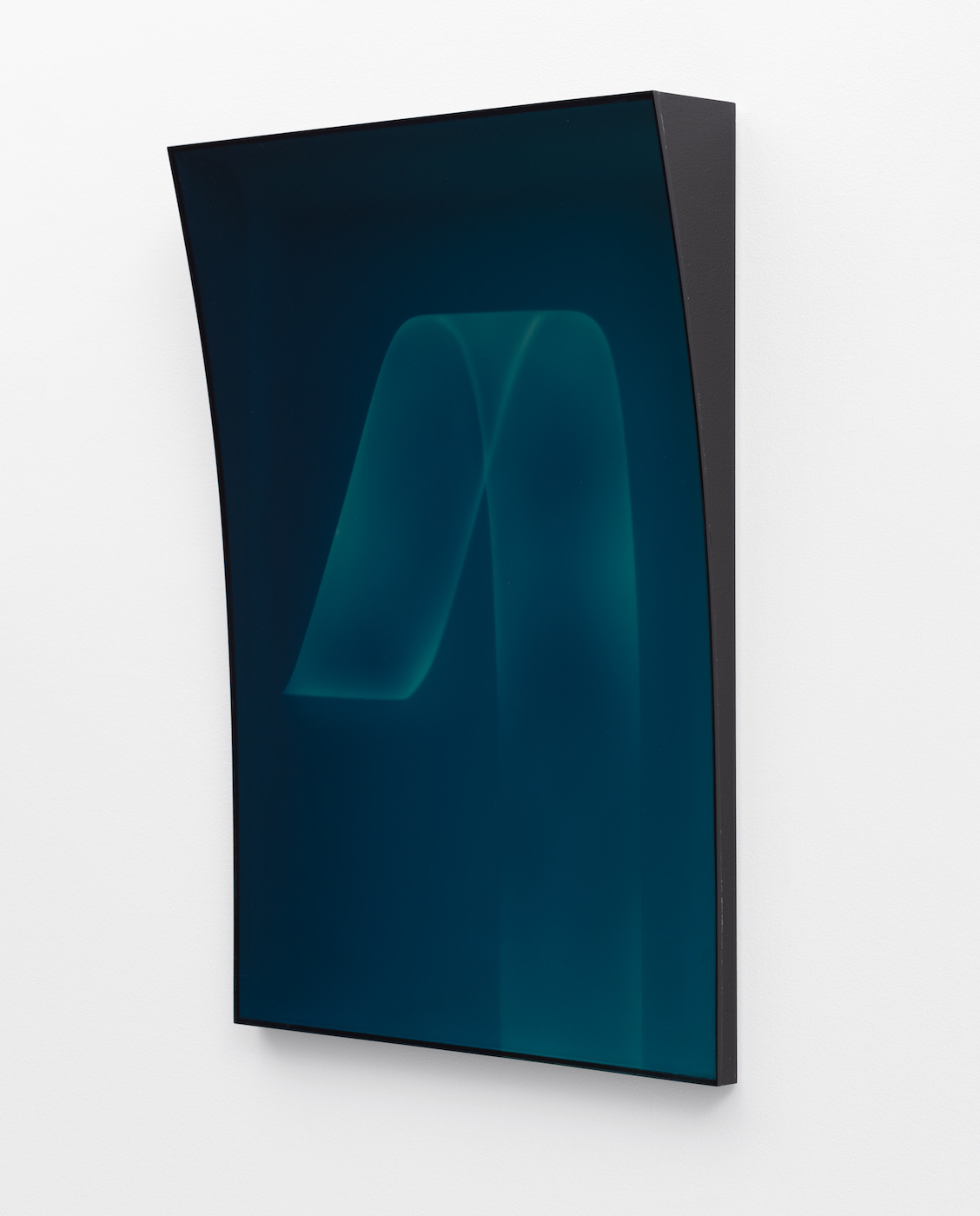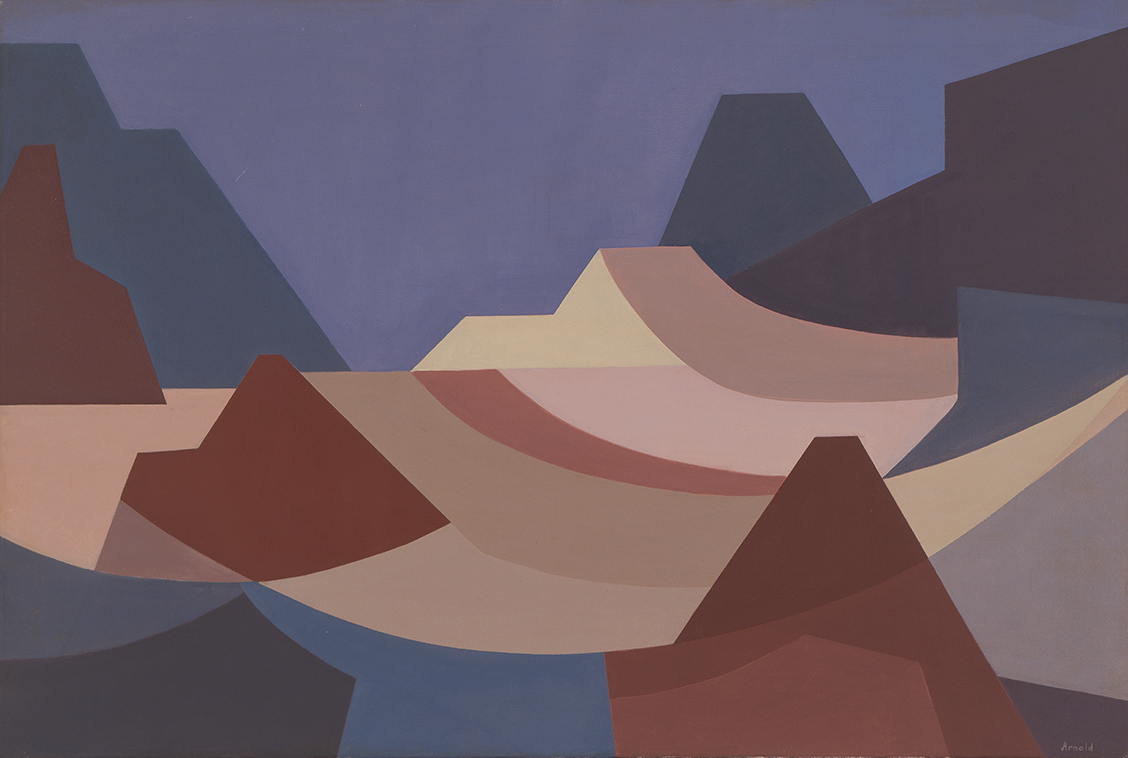
Red and Green
Joseph Kleitsch
Staff Pick | Monthly Muse December 2021
I felt a sense of nostalgia and comfort the first time I saw Joseph Kleitsch’s Red and Green (1923)—a name that is fitting due to the colors that are prominent in the painting. The work evokes memories of visiting flower fields with my aunt and helping my mother tend our small garden during springtime. I’ve always had, as my grandmother often said, “green fingers”—nurturing flowers into bloom in summer and caring for them as they go dormant in winter. The building in the background of Kleitsch’s painting reminds me of the architecture I explored during family trips to Mexico and parts of Southern California. The warm colors of the shadowed arches convey the time of day and hint at California’s subtle seasonal changes in temperature. For me, Red and Green embodies the duality of light and shadow that makes me appreciate the way that color can both conjure and leave an impression on our memories.
Tanya Guadalupe Garcia, ’21, BA (Art)
Intern and UCI Student Museum Educator, IMCA

